Orange Pi Zero2 Specs and More
The Orange Pi Zero, released in 2016, was a tiny, feature-packed competitor to the Raspberry Pi Zero. While it lacked the Raspberry Pi Zero's camera capabilities, it outstripped it in almost every other way with its powerful processor, small form factor, yet full-sized Ethernet and USB connectors.
What is the Orange Pi Zero 2 SBC?
Shenzhen Xunlong Software is back with the follow-up Orange Pi Zero2 board, a $16 USD quad-core open-source single-board computer (SBC) capable of running Linux and Android 10. While it still lacks a MIPI camera interface, it blows the Raspberry Pi Zero (and many full-sized SBCs) out of the water.
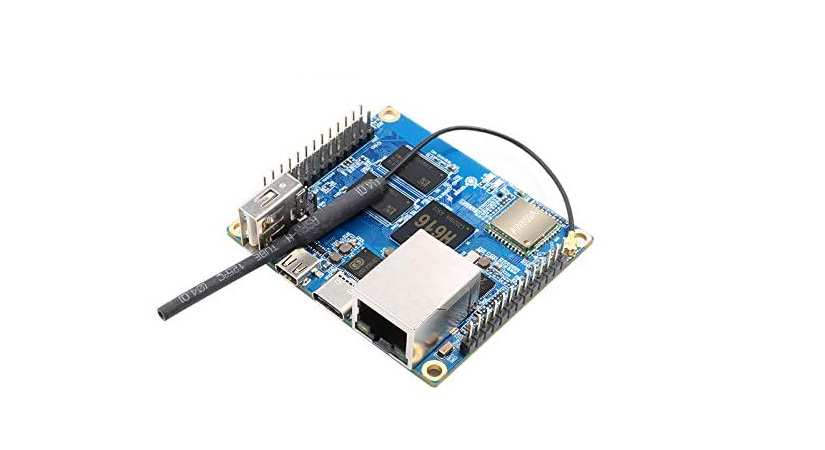
The new SBC is based on the Allwinner H616 System on Chip (SoC), featuring a 64-bit quad-core Cortex-A53 processor clocked at 1.5GHz and an onboard Mali G31 MPS graphics processing unit (GPU). The onboard RAM is shared with the GPU, and 512/1 GB versions are available for slightly different costs.
The Orange Pi Zero2 (hereafter Zero2) is well set up for connectivity, with 10/100/1000M Gigabit Ethernet available via a standard RJ45 connector. Wi-Fi and Bluetooth 5 comes as standard via an AW859A wireless module and aerial from Allwinner. It's worth noting that this is an upgraded wireless chip, different from the previous Orange Pi Zero, which suffered from Wi-Fi signal problems. Onboard storage comes courtesy of a microSD slot and 2MB of SPI Flash. Power comes via a USB Type-C connector, and the board also features a single full-size USB 2.0 port.
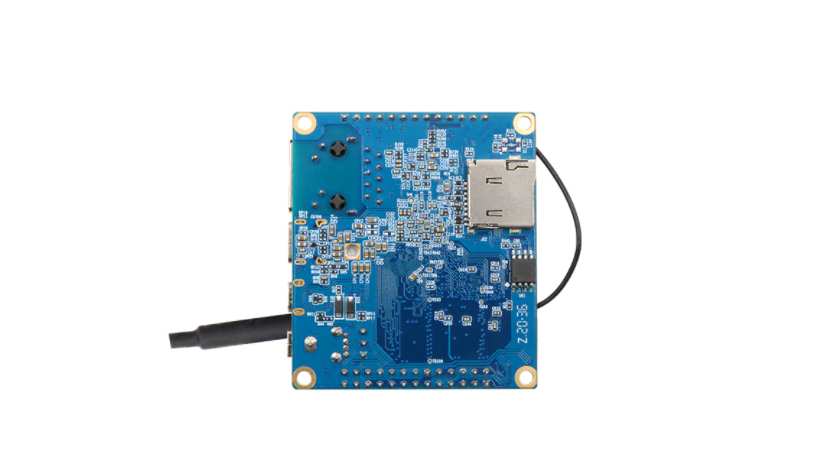
One significant difference between the Zero2 and its predecessor is the inclusion of a Micro-HDMI 2.0 port. The original Orange Pi Zero was designed primarily for headless use. All three official operating system (OS) links for the Zero2 are desktop environments. In terms of expansion, the Zero2 has a 26 pin header on one side supporting I2C, SPI, UART, and general-purpose input/output (GPIO). The other side of the board has a further 13 pins with three more GPIO pins, 2 USB pins, analog stereo output, CVBS video output, and an infrared receiver. The 53 x 60 mm form factor is slightly larger than the original board, but this one packs many more punches. It seems like a fair trade-off.
Native Orange Pi Zero2 Android 10 Support
One of the big draws of this board will be its ability to run Android 10 natively. Android support has always been a bugbear of the Raspberry Pi community, and the H616 SoC on the Zero2 supports it directly, saving the workarounds required to get it running on hardware. The Android 10 image and images for Ubuntu and Debian are available along with their source code from Orange Pi.
The Zero2 will be a great choice for many projects, but its ability to decode video up to 4k@60fps coupled with HDMI and stereo analog audio out make this an excellent choice for a low budget media center.
Should You Buy the Orange Pi Zero2?
We'll take a closer look at the specs of the Zero2 in a moment, but for now: Should you buy this board?
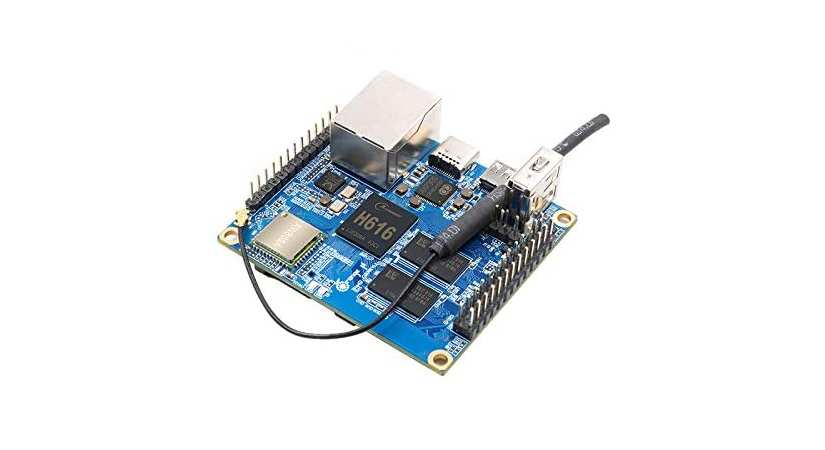
If you don't need a MIPI camera interface, then yes, this board is tiny and powerful for a fraction of the cost of other SBCs. It's very new, and there isn't much documentation out there for it yet, but that will come in time. If you are looking for a small SBC with Android 10 support, this one looks fantastic.
Orange Pi Zero2 Specs
Cheap, small, and pretty powerful. The Orange Pi Zero2 puts up some pretty impressive numbers.
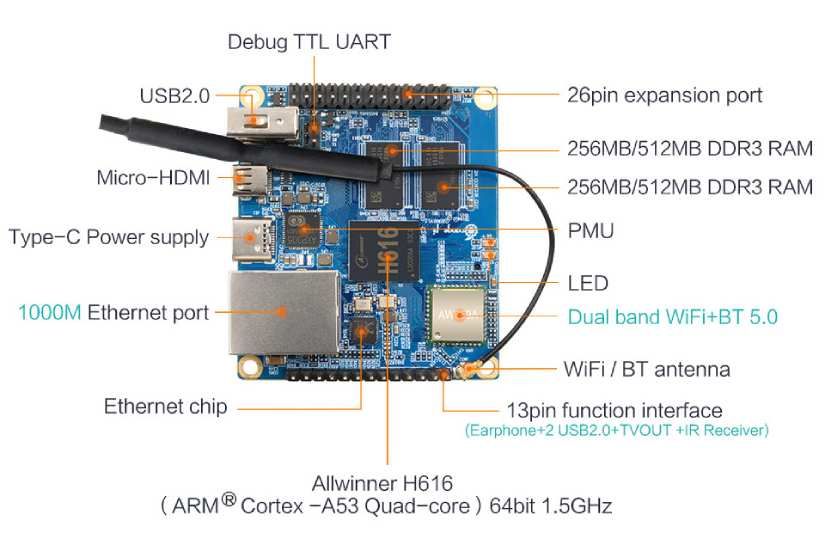
- CPU: Allwinner H616 64-bit high-performance Quad-core Cortex-A53 processor
- GPU: Mali G31 MP2 Supports OpenGL ES 1.0/2.0/3.2、OpenCL 2.0
- Video decoding: H.265 Main10@L5.1 decoder up to 4K@60fps or 6K@30fps VP9 Profile 2 decoder up to 4K@60fps AVS2 JiZhun 10bit decoder up to 4K@60fps H.264 BP/MP/HP@L4.2 decoder up to 4K@30fps
- Video encoding: H.264 BP/MP/HP encoder up to 4K@25fps or 1080p@60fps JPEG snapshot performance of 1080p@60fps
- Memory(SDRAM): 512MB/1GB (Shared with GPU)
- Onboard Storage: TF card slot 2MB SPI Flash
- Onboard Network: Support 1000M/100M/10M Ethernet
- Onboard WIFI+BT: AW859A Chip Support IEEE 802.11 a/b/g/n/ac Support BT5.0
- Video Outputs: Micro HDMI 2.0a up to 4K@60fps TV CVBS output, Support PAL/NTSC(Via 13pin interface board)
- Audio output: Micro HDMI 3.5mm audio port (Via 13pin interface board)
- Power Source: Type-C interface 5V2A input
- USB 2.0 Ports: 3*USB 2.0 HOST(Two of them are via 13pin interface board)
- Low-level peripherals: 26pin header with I2C, SPI, UART and multiple GPIO ports 13pin header with 2*USB Host, IR pin, Tv-out、AUDIO (no MIC) and 3 GPIO ports
- Debug serial port: UART-TX、UART-RX and GND
- LED: Power led & Status led
- IR receiver: Support IR remote control (via 13pin interface board)
- Supported OS: Android10、Ubuntu、Debian
- Dimension: 53mm×60mm
- Weight: 30g
A New Budget Streaming Contender - Orange Pi Zero2 HTPC Use
As far as small form factor SBCs go, the Zero2 is general enough to be attractive based on its Linux support alone. The native Android 10 support brings a whole new aspect to the table. If you are looking for a tiny Kodi box, this might just be the cheapest one worth considering. It's not going to outperform a dedicated Raspberry Pi 4 Kodi set up, but it will have some advantages. Kodi's native Android app is easy to install and set up, and then you are pretty much ready to go. If you want to use it solely as a streaming box, you could set the device up in Kiosk mode and never have to leave the app. Kiosk mode, in general, is something that this board will be well suited to as well. While developing standalone kiosk apps is an in-depth process, it's easy to set up Android kiosks relatively quickly using pre-existing apps.
Orange Pi Software and Support - What OSes can the Orange Pi Zero2 Allwinner SBC Run?
Builds for Android 10 and Linux have been released by Orange Pi both as complete images and as source code. This fits the pattern of previous Orange Pi releases, many of which ended up with tweaked OS builds made by the community. Another familiar Orange Pi tactic is getting the board out as soon as it is done, regardless of whether it is well documented at the time or not. The Orange Pi wiki has no entry for the Zero2 at this stage. There is a link to the Pi Zero2 user manual on Orange Pi's Google Drive, but at present, it leads to an empty folder. None of this is much of a concern though. Orange Pi generally documents its products relatively well. Eventually.
Orange Pi Zero2 Allwinner Maker Board - Final Thoughts
The Zero2 is an impressive board, but it took a long time to arrive. In fact, the original announcement for the Zero2 was in 2019 and came with different specifications, including a different processor, USB 3.0, and optional eMMC storage. There are no official reasons for the change, but it's likely a good thing. The H616 chip is the first from Allwinner with the Vulkan supporting Mali G31MP2 Bitfrost GPU. Along with the graphics upgrade, it can deliver high performance at a lower power cost, and Android 10 is a big draw. All in all, these changes may well have contributed to the budget price, which is low enough to warrant trying this SBC out for your next project or media center build.





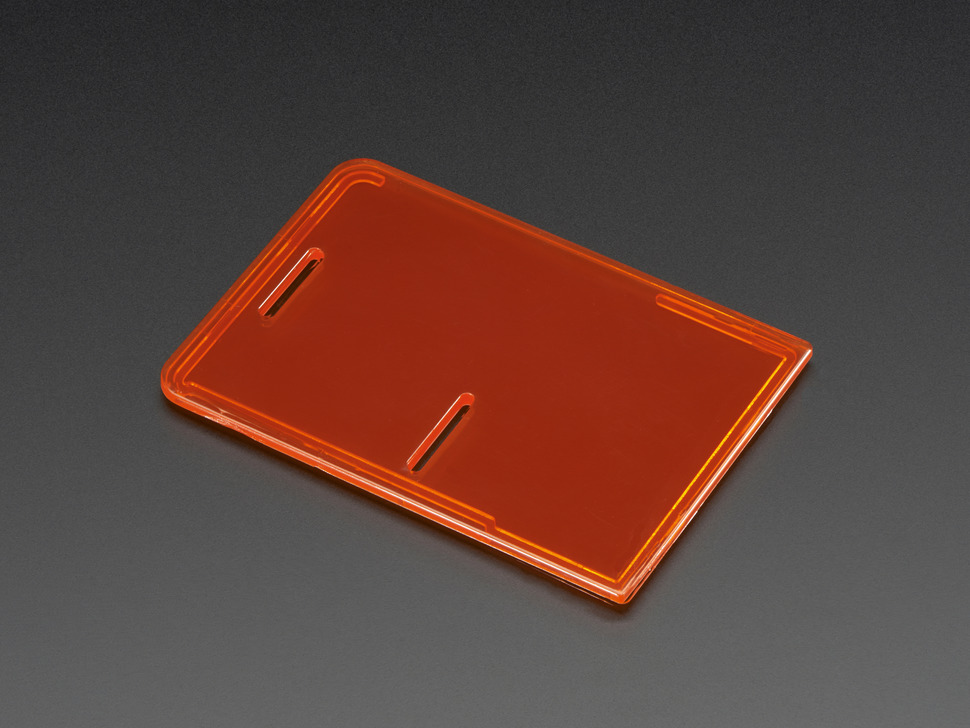


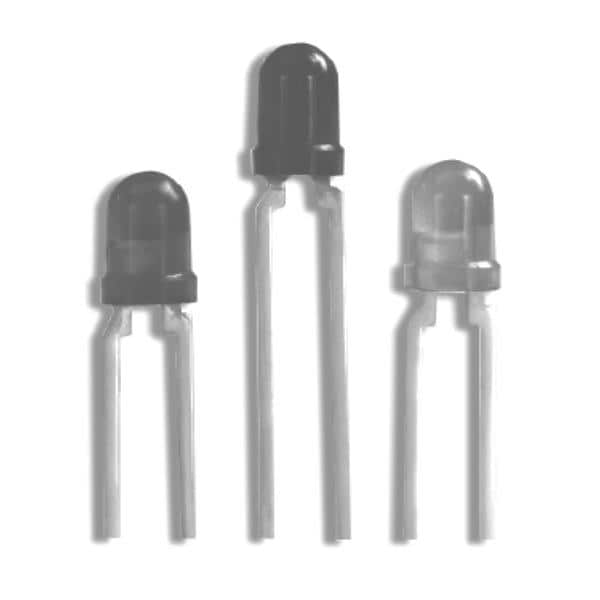
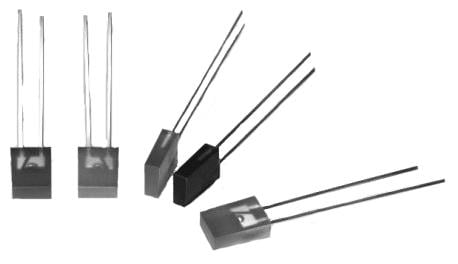
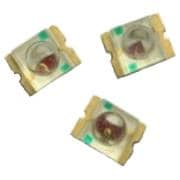
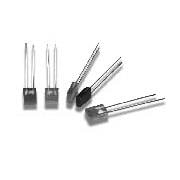
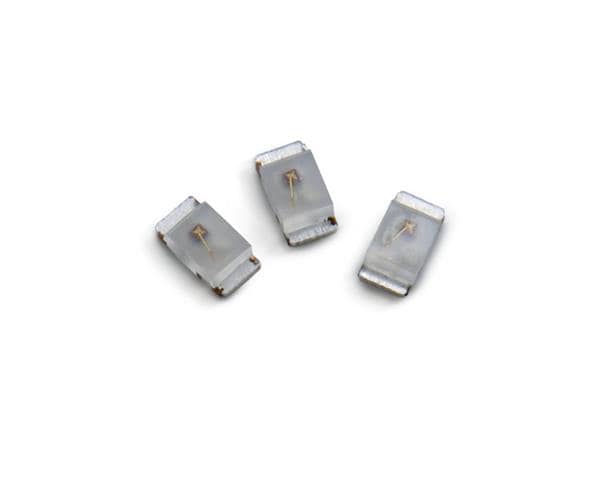
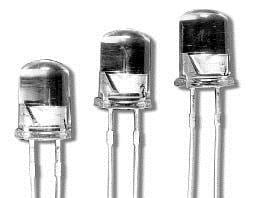
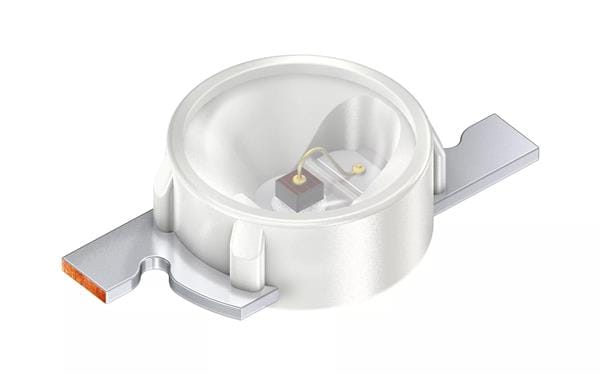
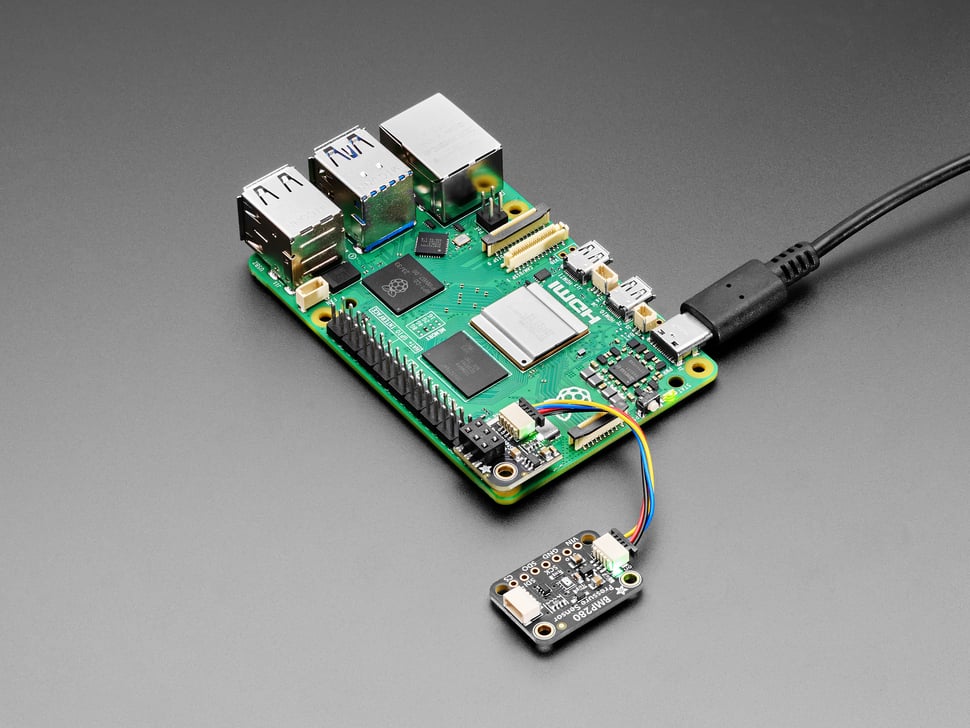
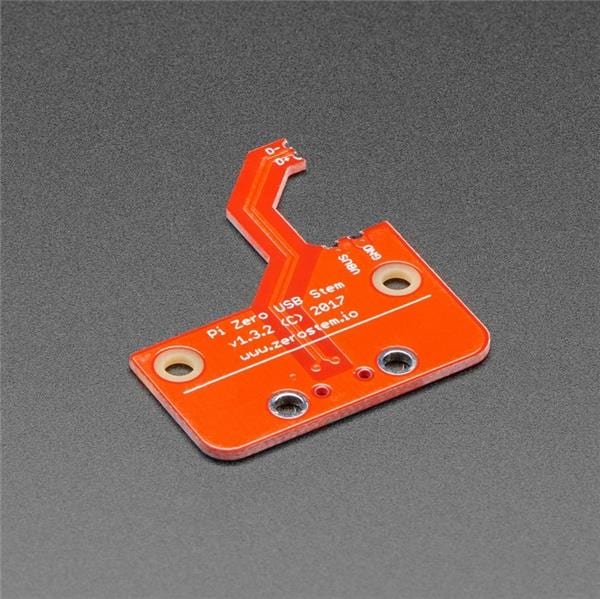
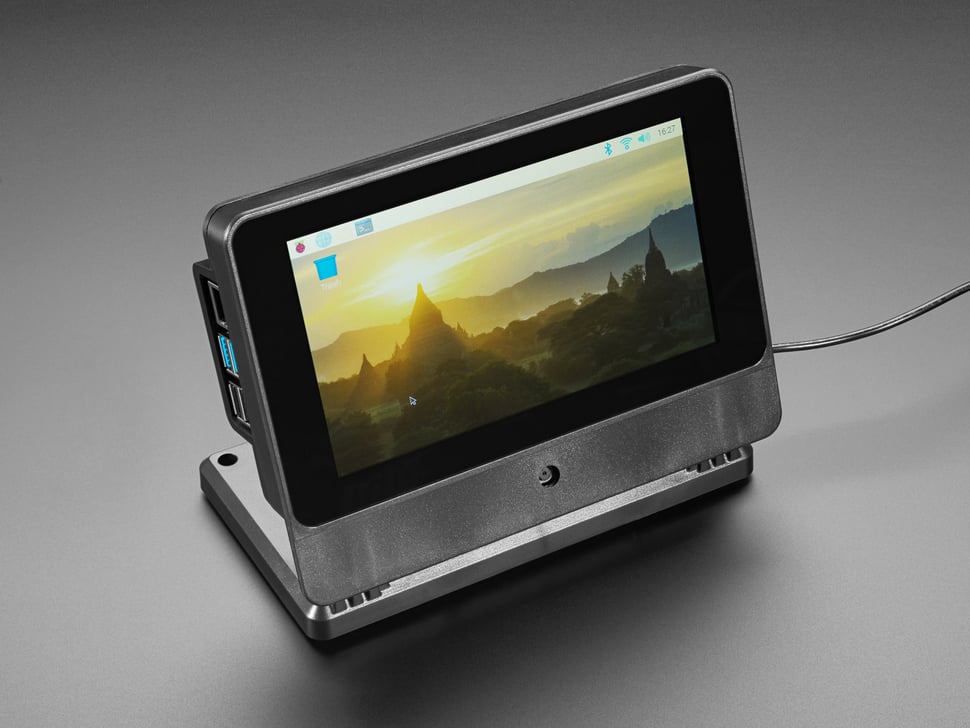
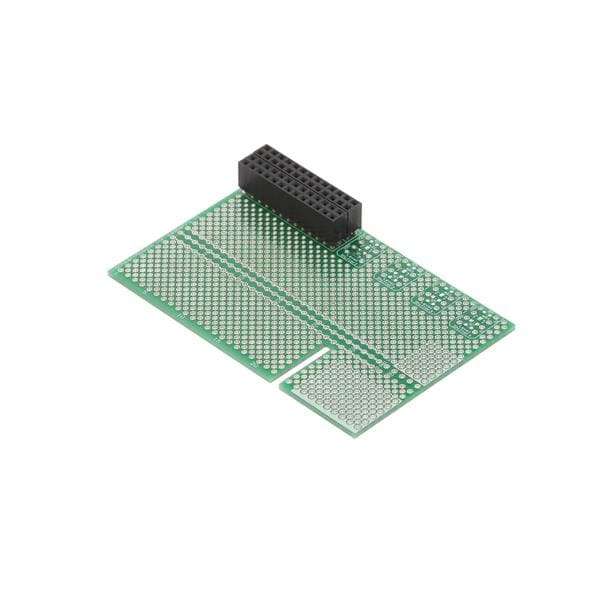
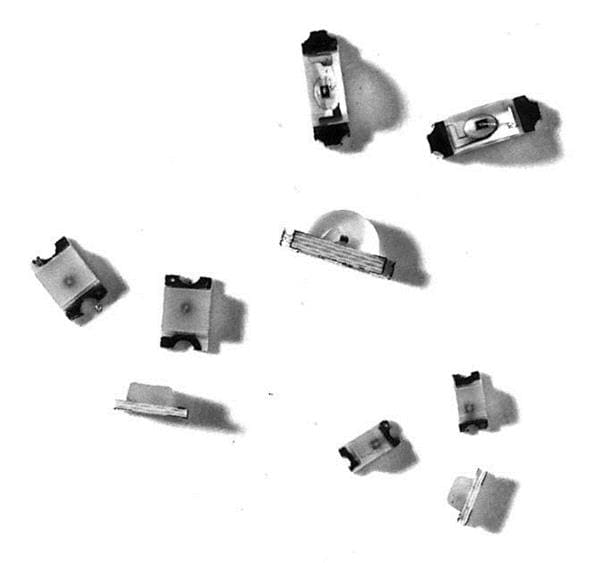
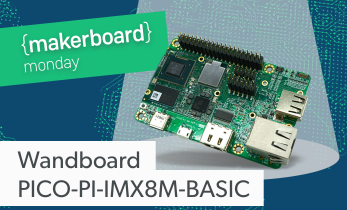
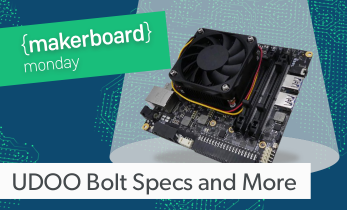
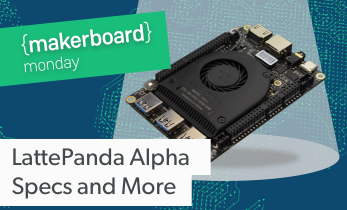
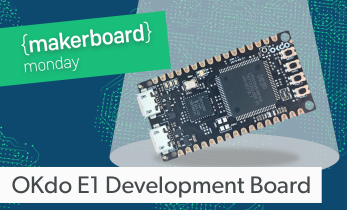

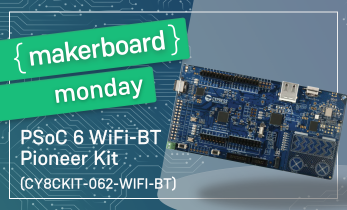
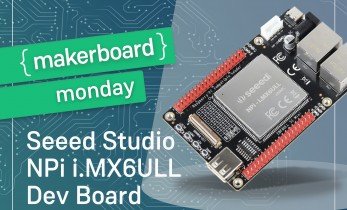
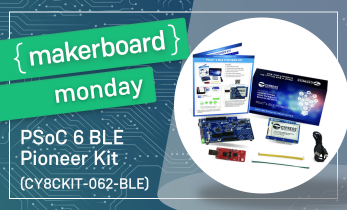
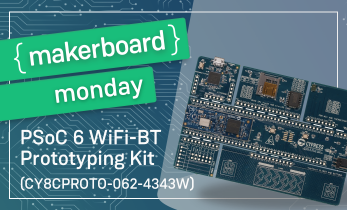

Leave your feedback...